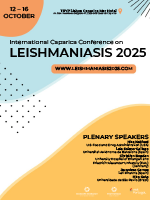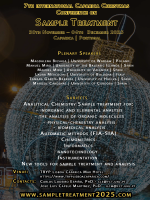Vascular Smooth Muscle Cells activation revealed by quantitative phosphoproteomics analysis
DOI: 10.5584/jiomics.v3i1.126
Abstract
Vascular smooth-muscle cells (VSMCs) are the main components of the artery medial layer and if activated by growth factors (such as PDGF-BB) as a consequence of vessel injuries, acquire the ability to proliferate and migrate contributing to the formation of neointima. In the early times of VSMC stimulation a cascade of kinases and phosphatases initiates phospho-events that are decisive for VSMC activation, which terminates with a reorganization of the cell structure. In this work, a shotgun proteomics approach aimed at disclosing factors involved in these phenotypically imperceptible, but significant events has been applied. A SILAC approach in a multi-strategy combined method for phosphopeptides enrichment was used, in order to gain insights into the phosphomodulation of VSMC proteome stimulated by PDGF-BB.
We performed a quantitative SILAC phosphoproteome analysis on primary VSMC cells which allowed the identification of 1300 phosphopeptides among which 47 resulted novel phosphosites. Moreover, in VSMC signaling events, some important factors involved in cytoskeleton remodeling, focal adhesions, gap junction assembly and cell activation have been found differentially phosphorylated, highlighting their pivotal role in early VSMC reorganization and suggesting a novel starting point to assess the precise actors of VSMC activation and their roles.









